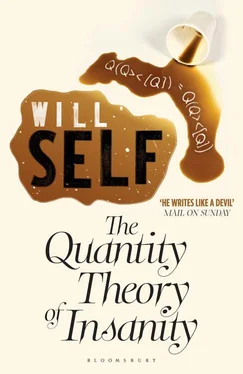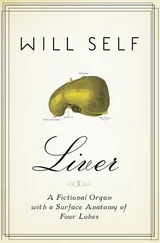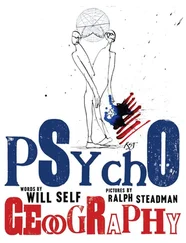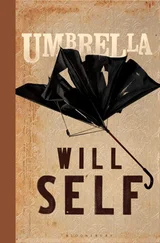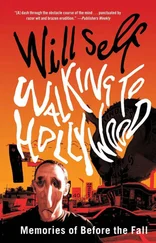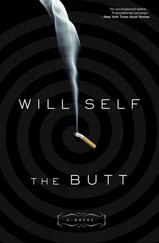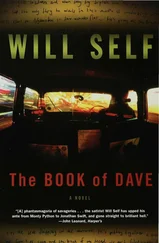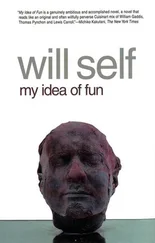Of course in retrospect this fact was undoubtedly one of the secret springs, the ‘subtle connections’ which I had begun to make unconsciously, and which led eventually to the full-blown Quantity Theory.
The trial was conducted over a period of six months in four distinct ‘trial periods’. The results were monitored by me purely in the form of computer data. I never had any direct access to either the mechanics of the trial itself, or even to the intermediate collection of data. Naturally a double-double-blind trial involves not only the technician who is directly monitoring the trial to be unaware of whether he is administering a placebo or not, but also the overall administrator of the trial — be he psychologist or statistician — to be unaware of whether he really is administering a trial, or just carefully collating and analysing figures, totals and percentages, completely at random. Thus, two of the groups of data that Zack Busner fed through to me comprised respectively: the number of snail trails he had counted, smearing across the fissured concrete apron, wreathed in bindweed, that lay in the dead centre of the waste ground behind the Concept House; and, a random selection of handicapping weights from the pages of a back number of the Sporting Life .
On the other two occasions the data was, of course, ‘real’ — although in a very restricted sense. The two real trials contained an obvious reversal. In one, the mental patients were given an economic placebo and the Concept House inhabitants, money. In the other this was reversed. The butchers were given, arbitrarily, either money or virtually useless discount vouchers for household cleaning products. Thus, the overall form of the trial could be depicted by a schematic diagram:
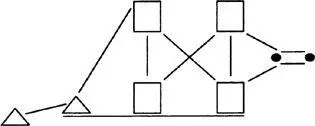
To my mind this expressed with absolute clarity the limiting conditions necessary for a cost-benefit analysis of sanity variables. Of course the informed reader will have already detected the lineaments of Quantity Theory in the structure of the trial diagram. My purpose here is expressly to avoid the crude attempts that are made to retrospectively manufacture the genesis of an idea. The problems I have been most interested in that arose from the Concept House trial were purely methodological. For instance, Olsen’s 1978 paper in the BJE in which he presented the results of his own trials. Olsen took three groups of recently diagnosed and sectioned mental patients. One group was given in equal thirds, lithium, chlorapromasine and a tricyclic anti-depressant. The second group was given a placebo and the third group was given nothing; instead Olsen had the patients in this group mercilessly beaten to a bloody pulp.
If any of the patients in the three groups manifested any signs of severe deterioration in their overall condition they were administered ECT. However, the substance of Olsen’s trial and indeed the validity or otherwise of his results are of little interest to me. Rather it was Olsen’s argument that it was my error in the double negative implied by the double-double-blind trial that exercised me greatly. Fortunately I was saved from having to answer the accusation by the revelation that Olsen had himself participated in administering beatings to the control group in his experiment. Such a violation of the blind status of the trial naturally discredited him entirely.
The trials took six months to complete and during that time I was accepted into the Concept House community. This, as you will hear in due course, was altogether a mixed blessing. Busner and his therapists had long since ceased to make any practical distinction between themselves and their patients. So another involution of the trial sequence was that at the end of it no one could be really sure who had been giving what to whom. The trial money and placebo money were given out at random times when I was sure not to be in the vicinity. Occasionally I would catch a glimpse of a man, skull-capped and be-locked, his apron suspiciously stained and clutching a handful of glossy paper slips. But I discounted these peripheral visions, putting them down to the generally heightened psychic atmosphere of the Concept House.
There were in theory six therapists, six patients, Busner’s parents and myself in residence. The patients were a random selection from the chronic wards that Busner had been attached to over the years. Basically he recruited for the Concept House through a mixture of fraudulence and guile. Busner was typical of experimentalists in the psychiatric and educational fields in that he blamed the failure of his methods not on their theoretical basis, but on the fact that he could only persuade wealthy parents to send their chronically disturbed children to his institution.
I participated in the exhaustive group therapy sessions, which more often than not were long periods of either silence or disjointed monamaniac ranting — usually by Busner himself. The truth was that although I felt accepted within the Concept House, it wasn’t really a congenial environment. People who are severely mentally ill when they are left unconstrained tend to behave fairly badly. On reflection I suppose that is why they are diagnosed as being mentally ill in the first place. And as for the ‘therapists’ that Busner had recruited, they were, on the whole, fairly unstable people themselves, coming as they did from the wilder fringes of the therapeutic world. Among them were a failed holistic osteopath to naturopaths and a woman who described herself as ‘seismically sentient’. Pretty stupid really. The main reason I remained was to complete the trial, added to that it was a fairly stimulating environment for debate. Busner’s old cronies from Chelmsford — Harley, Sikorski and the others — dropped round at fairly regular intervals. They were all beginning to make names for themselves and they were always keen for a wide-ranging debate on all the latest developments in our various fields.
These were of course the men who were to form the nucleus of my Quantity Theory research group. Now I see what they have become I rather wish I had left them all alone, but at the time I was so pleased to be accepted by them that I suppose the dawning awareness that I might in fact be their intellectual superior was enough to make me want to stick close.
Eventually, however, I left the Concept House. It was becoming intolerable. You couldn’t even eat breakfast without someone either slavering down the neck of your pullover or trying to sell you time shares in a pyramid building project. Busner himself was beginning to be taken up by the media as the prophet of some new movement and his vanity was insupportable, as was his pretension. He would sit for hours in a darkened room, thrumming mindlessly on an electric bass guitar and composing what he called ‘verbal tone poems’. Let me tell you, what I could see at the time prefigured his eventual fall from grace. I knew he would end up on television game shows.
As for the trial and its findings, they received short shrift from the psychological establishment, which found both our methods and our aims quite incomprehensible. That was their problem; and although I hadn’t managed to come up with the results that Busner would have liked, I had proved, to my own satisfaction at least, that £7.00 will make someone who is significantly mentally ill feel at least marginally better.
The only person I was sorry to leave behind at the Concept House was Professor Lurie. This poor old buffer had made it to a considerable age as a happy eccentric before fatefully teetering over the brink into genuine delusional mania. Nonetheless I had spent some happy hours sitting listening to his clever, inventive fantasies of life marooned in the Amazon with a tribe of unspeakable banality.
Читать дальше
